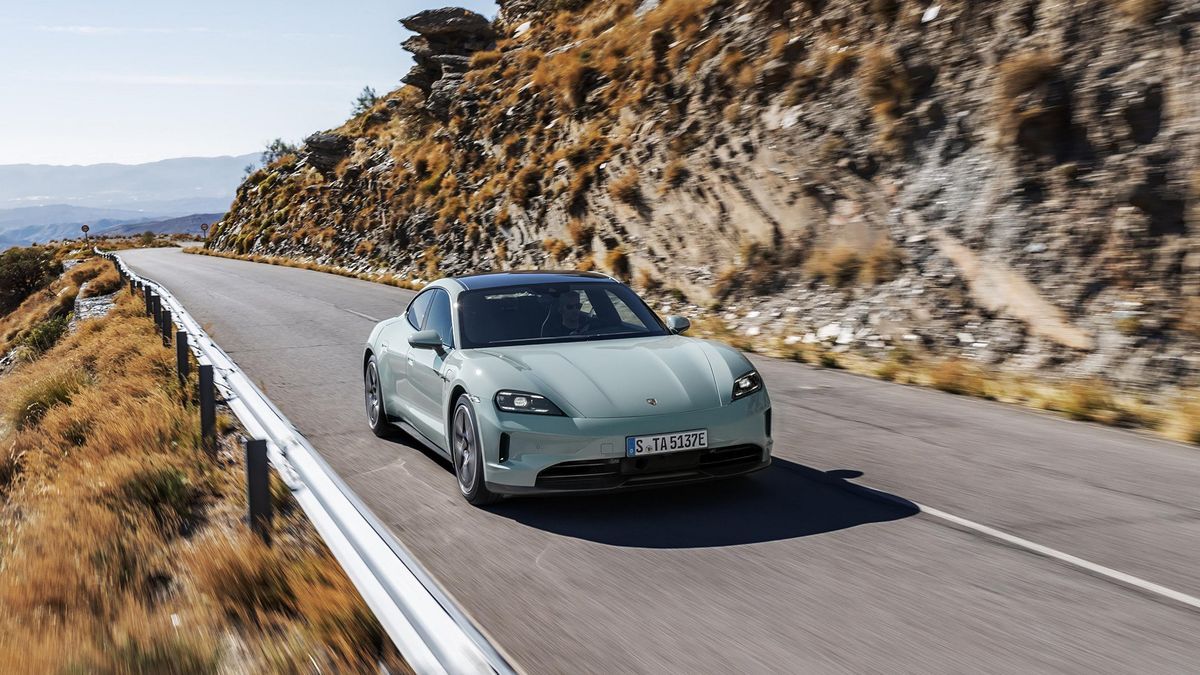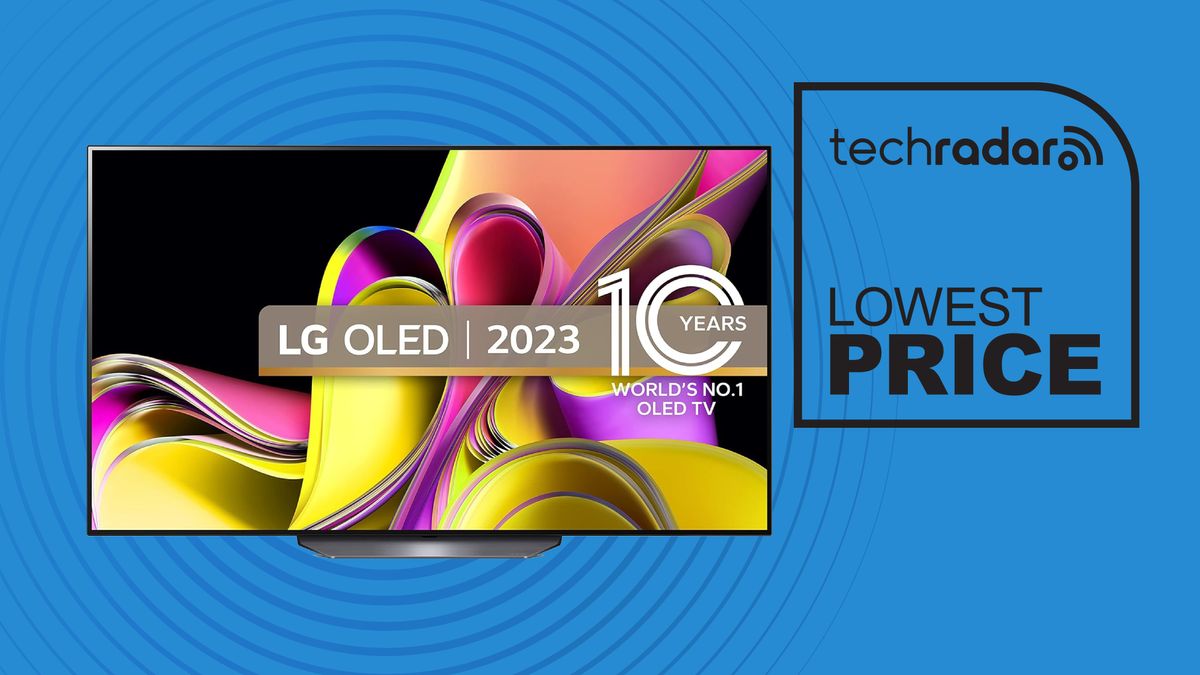Hot on the heels of the launch of the Macan EV, Porsche has unveiled its heavily updated Taycan model, which now offers an increased all-electric range of up to 421 miles on certain model variants and the ability to accelerate from 0 to 62 mph in a staggering 2.4 seconds.
Of course, those impressive acceleration figures are only available on the more powerful (and more expensive) Taycan Turbo S models, but they put Porsche's 918 Spyder to shame. That model was once considered part of the 'holy trinity' of next-generation high-performance hypercars that included the Ferrari LaFerrari and McLaren P1.
Owners of the top-of-the-range Taycan Turbo S model have access to a total power output of 700kW (or 952hp), although this is only available when using the launch control function. Drivers are also provided with a 'push to overtake function' button, which releases an additional 70 kW (94 hp) for ten seconds to assist with overtaking manoeuvres. Simply put, it's stupidly fast any way you slice it.
But behind these incredible performance metrics still hides a very useful and familiar electric sedan. One that can now travel up to 421 miles on a single charge in the Turbo and Turbo S variants, thanks to a larger 105 kWh battery (97 kWh are usable).
Surprisingly, despite the increases in performance and electric range, the new Taycan has managed to lose some weight, with overall mass reduced by 15kg thanks to a lighter battery pack construction and adjustments to the second generation electric motor technology.
Porsche says maximum energy recovery during deceleration has increased by more than 30 percent, from 290 kW to 400 kW, while fast charging capability has also increased by 50 kW to 320 kW, meaning Charging sessions have been significantly reduced when using the appropriate outlet.
In addition, the fast charging window of the new high-performance battery pack has been extended. In essence, this means that charging capacities of over 300 kW can be maintained for longer periods (up to five minutes), allowing the highest possible charging powers to run for longer and therefore squeeze more energy to the packets in a shorter space of time. .
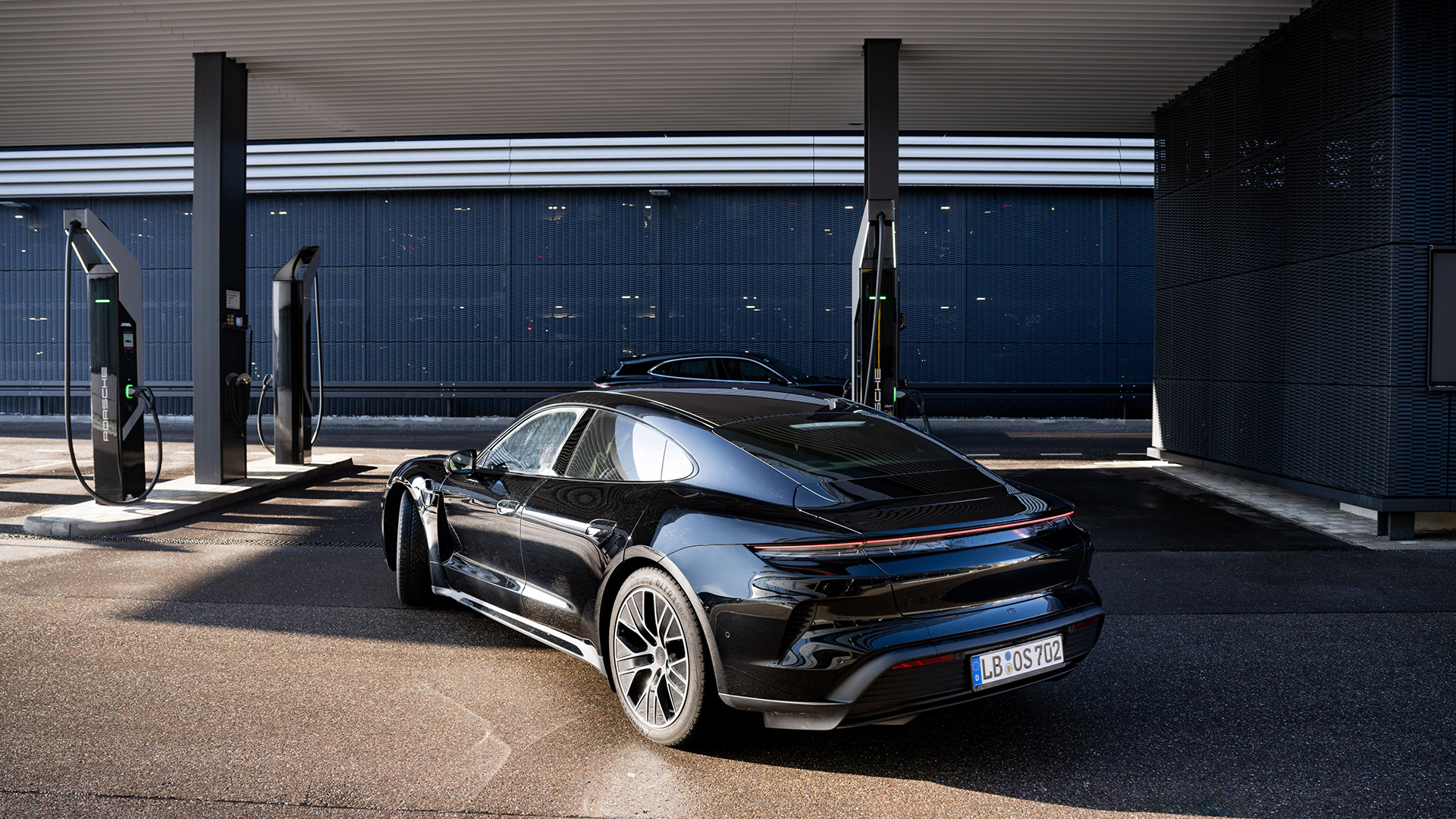
If all parameters are perfect (sufficiently fast charger, favorable outside ambient temperature), second-generation Taycan customers can achieve a charge from 10 to 80 percent in 18 minutes, compared to 37 minutes for its predecessor.
In addition to the longer and faster approach, Porsche has also equipped the new Taycan with adaptive air suspension for a smoother ride and a more dynamic driving experience when enjoyed with the right foot.
Like the previous generation, the new Taycan will be offered in a Cross Turismo and Sport Turismo estate body style, and the range will span a standard model with real drive, 4S variants with all-wheel drive, Turbo and Turbo S. all body styles. bodywork. This model derivative dictates performance and range, as well as equipment specifications.
Porsche has also slightly tweaked the exterior styling so that it is now sharper, with greater differentiation between the standard and Turbo models thanks to bespoke bumpers and badges.
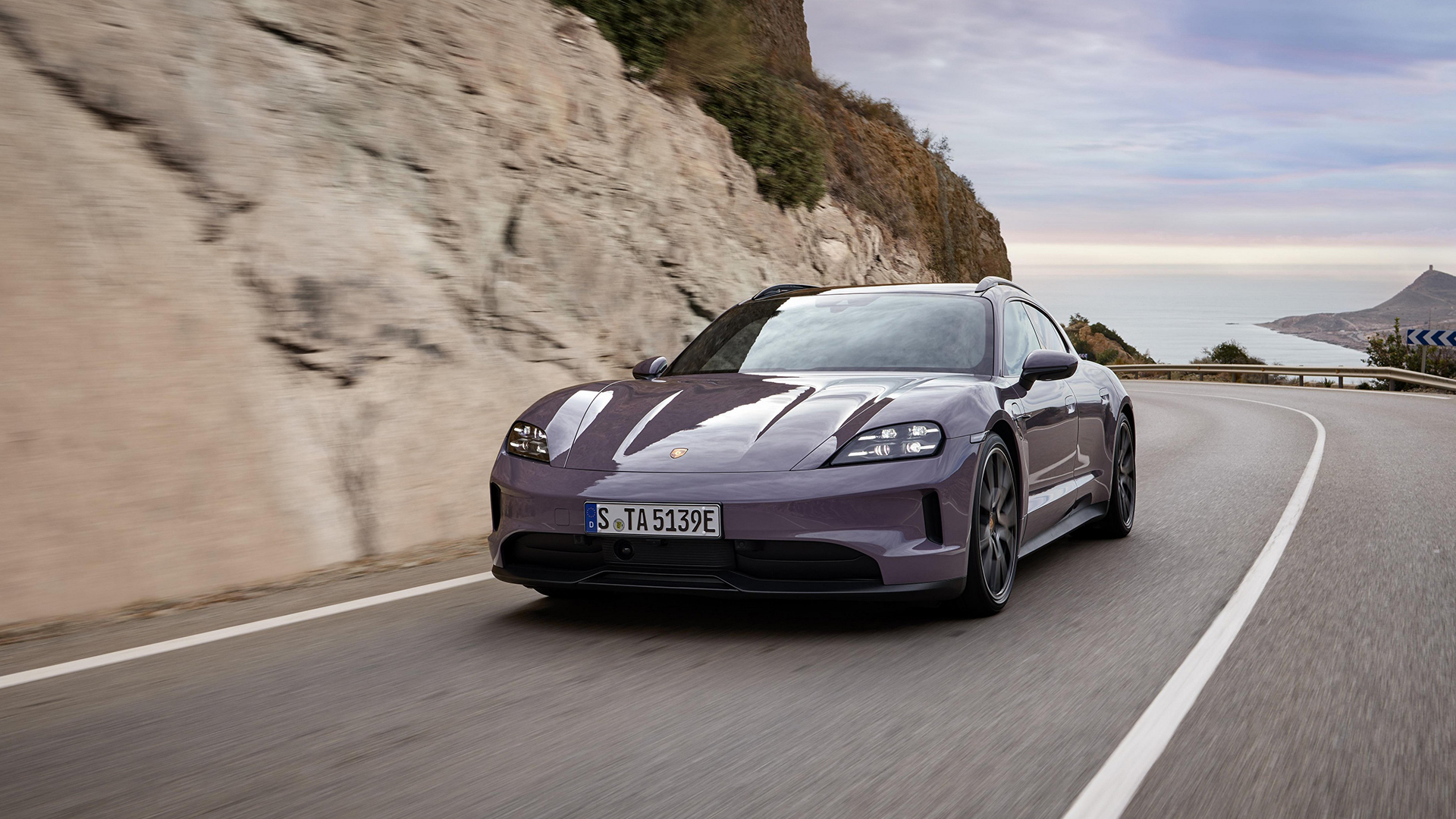
The updated model also marks the beginning of Porsche's promise of deeper Apple CarPlay integration, with much of the vehicle's functionality accessible from the CarPlay ecosystem.
Additionally, a new In-Car Video feature allows video streaming on the center screen when parked and on the passenger screen at any time. This is due to a special coating which means the driver cannot see what is displayed from the driver's seat.
As expected, the Porsche Taycan isn't going to be cheap, with the base model costing £86,500 (around $109,000 / AUS$168,000) and the range-topping Taycan Turbo S costing £161,400 (around $204,000 / AUS$313,000).
A recipe for residual headaches?
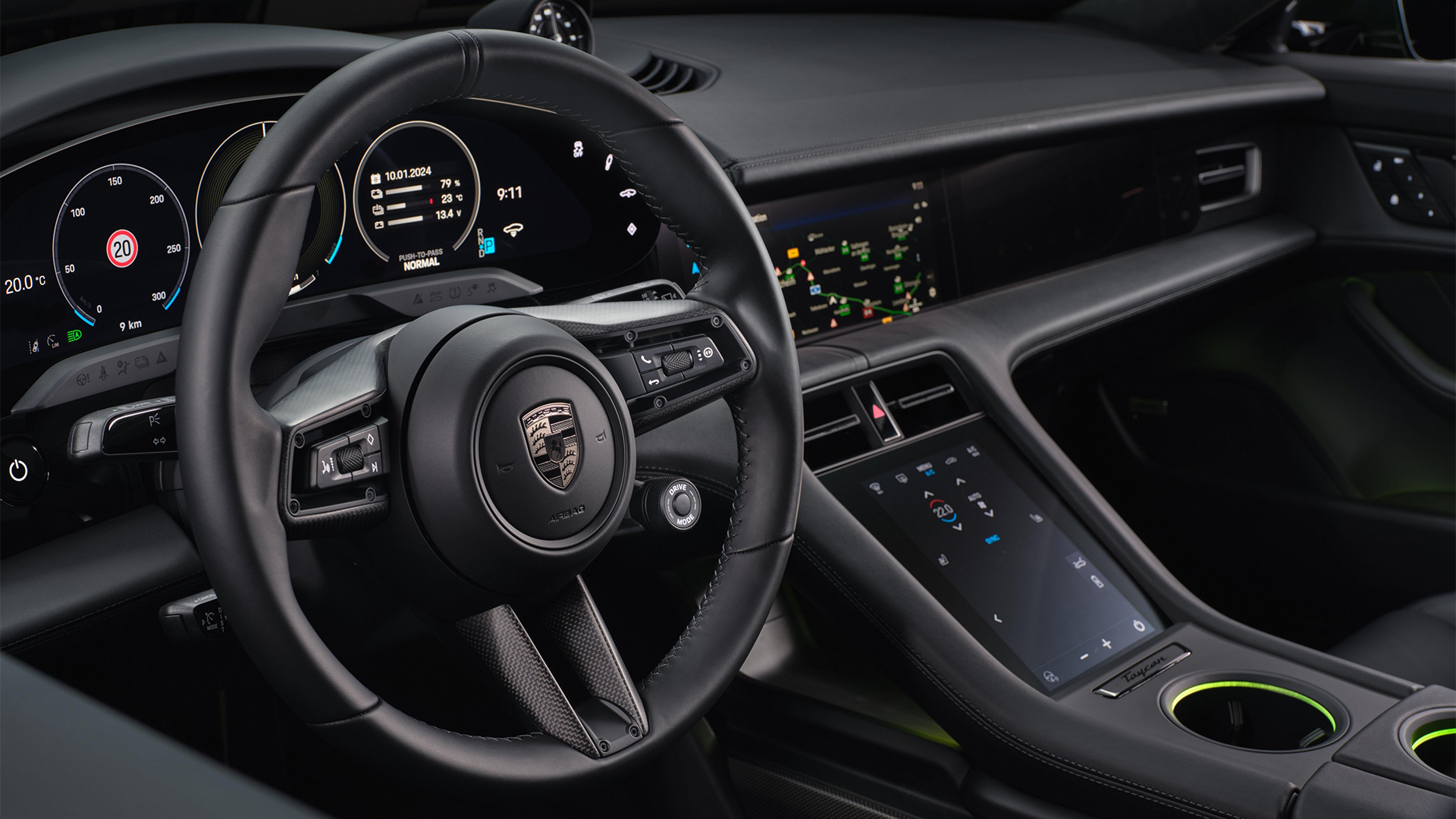
Demand outstripped supply for the first-generation Porsche Taycan, driving up even used prices. But since then the market has settled and the original model can now be purchased on the second-hand market with significant savings.
In fact, we found low-mileage used models for under £50,000 (around $63,000/AUS$97,000) during a quick search on one of the UK's largest second-hand car sales sites .
That's more than half the starting price of the 2020 vehicle, especially considering one of those prized examples included £37,000 (around $46,000 / AUS$72,000) in optional extras.
This is great news for the used car buyer, but it clearly shows that the market is still very wary of the premium electric vehicle. Those who shell out the full price of the second-generation Taycan Turbo S could very well find its value plummeting after just a few years, despite its mammoth performance credentials, and that's a problem.

